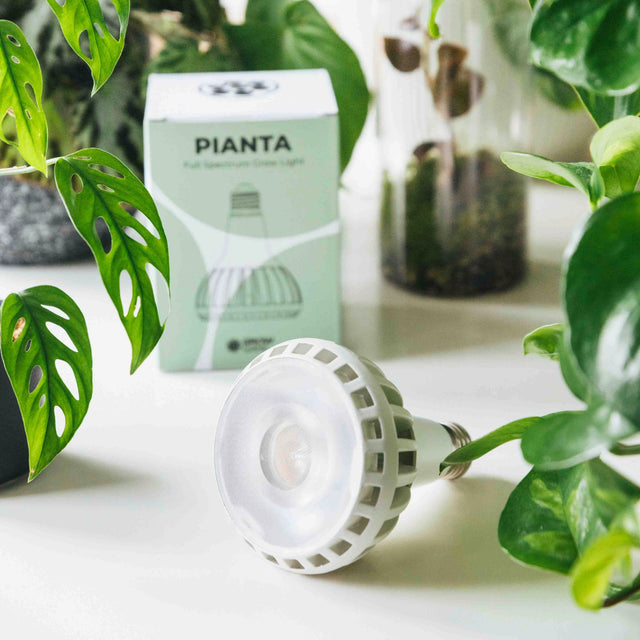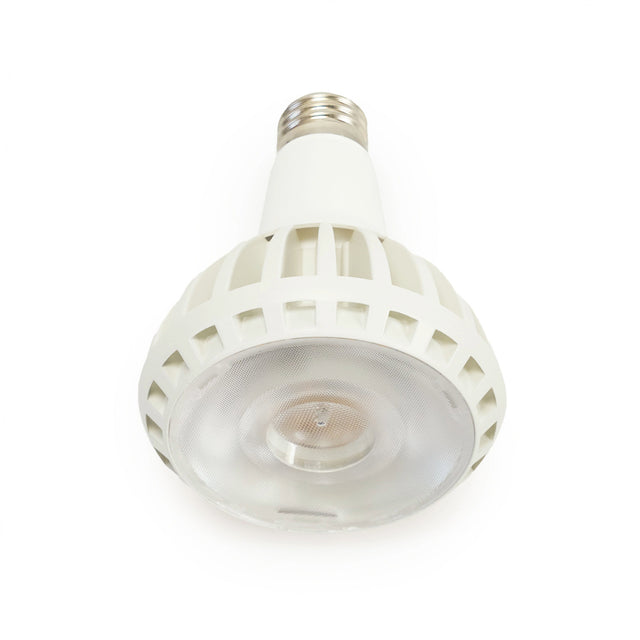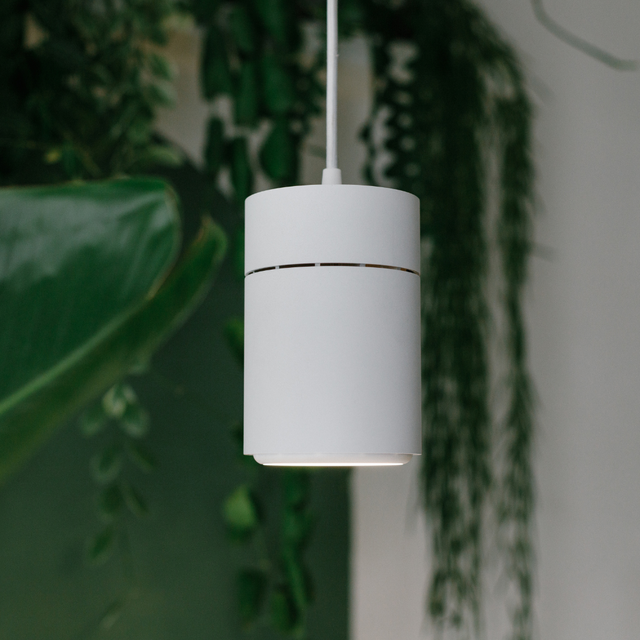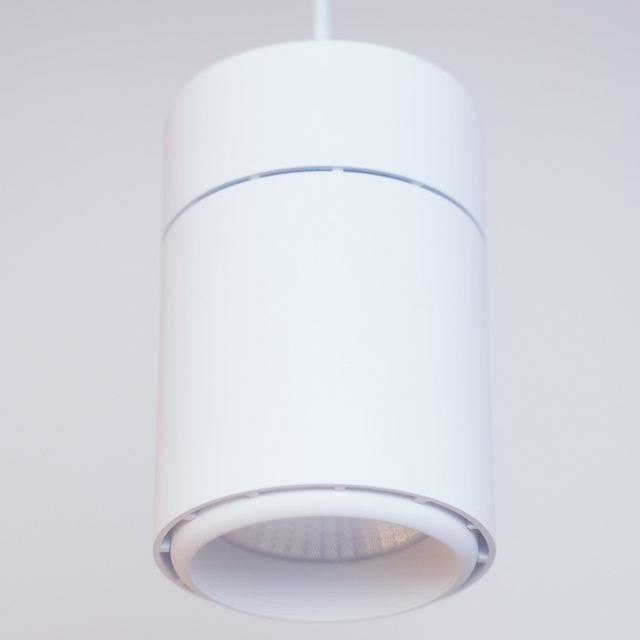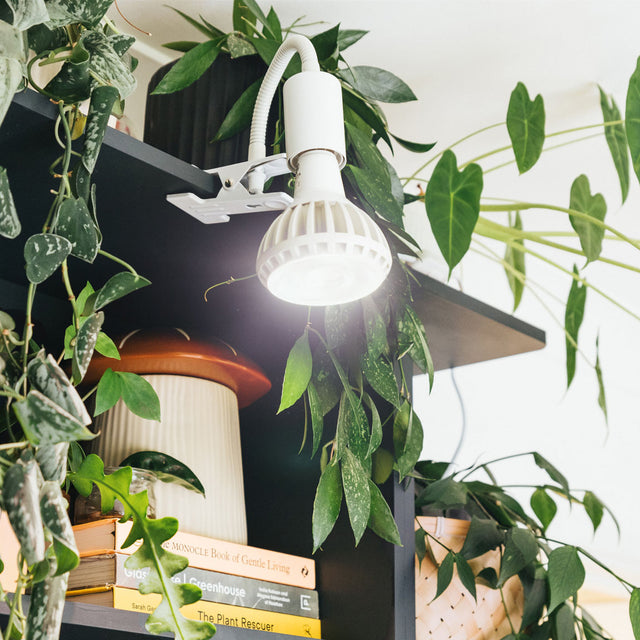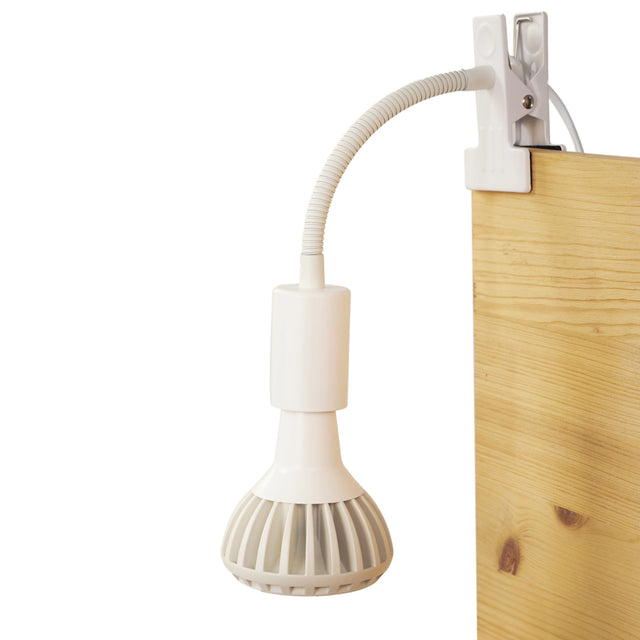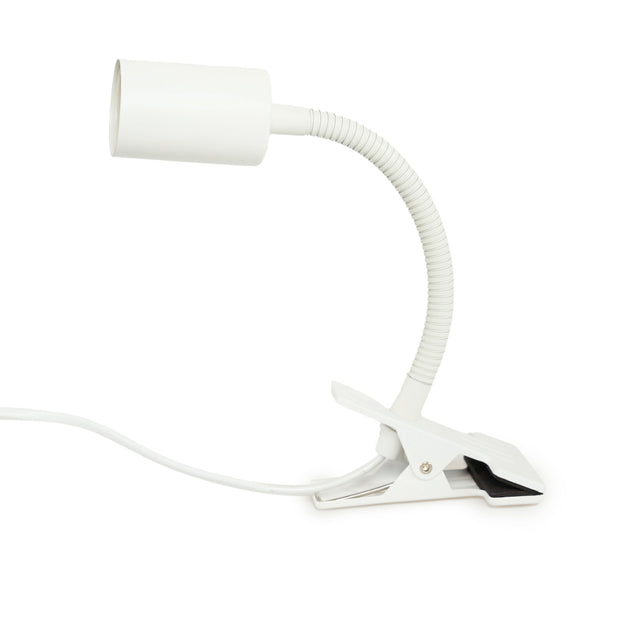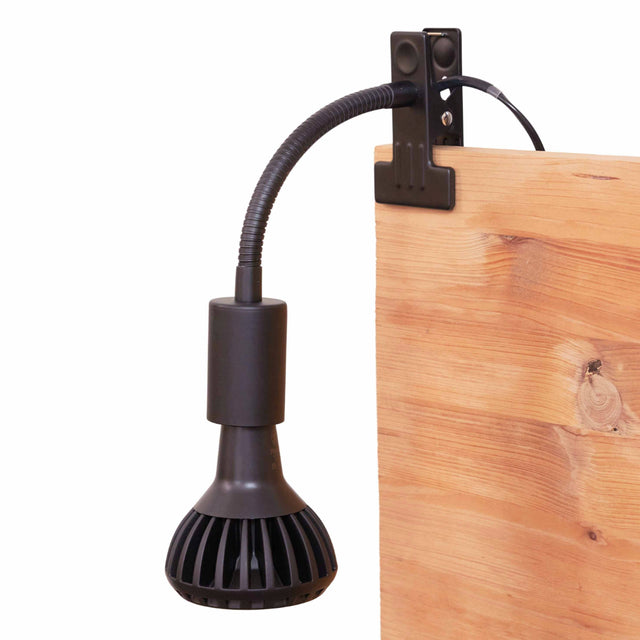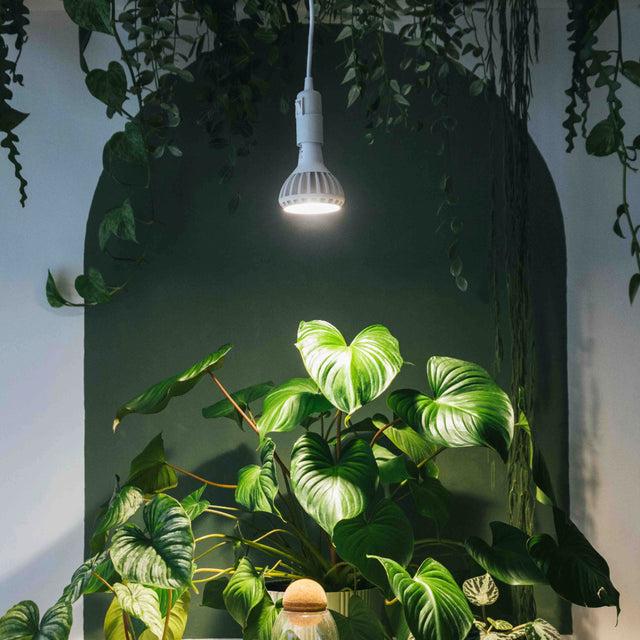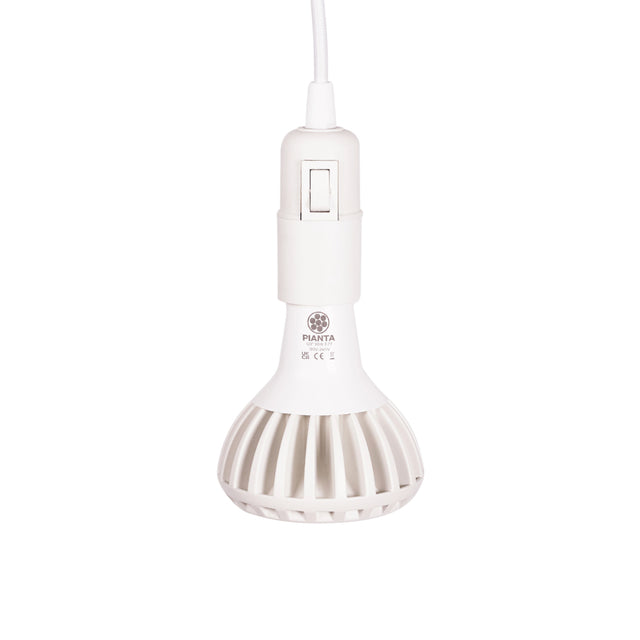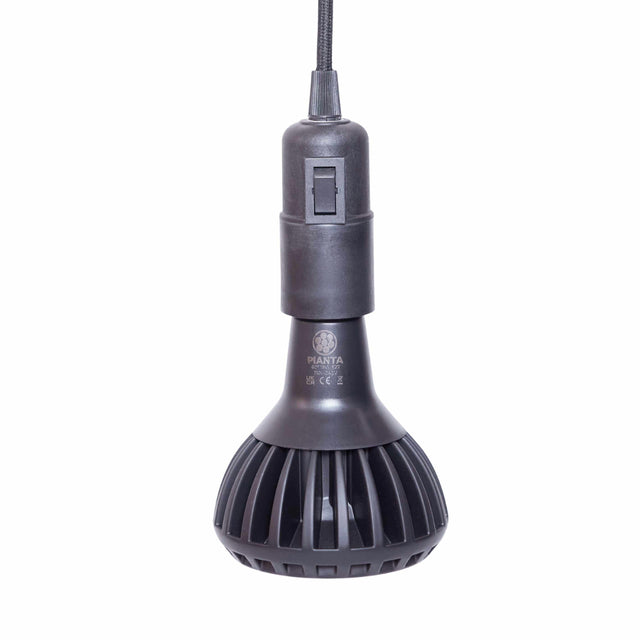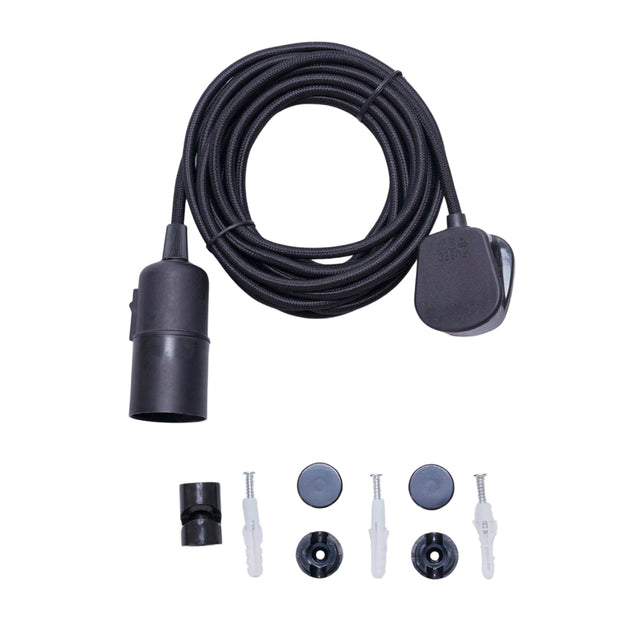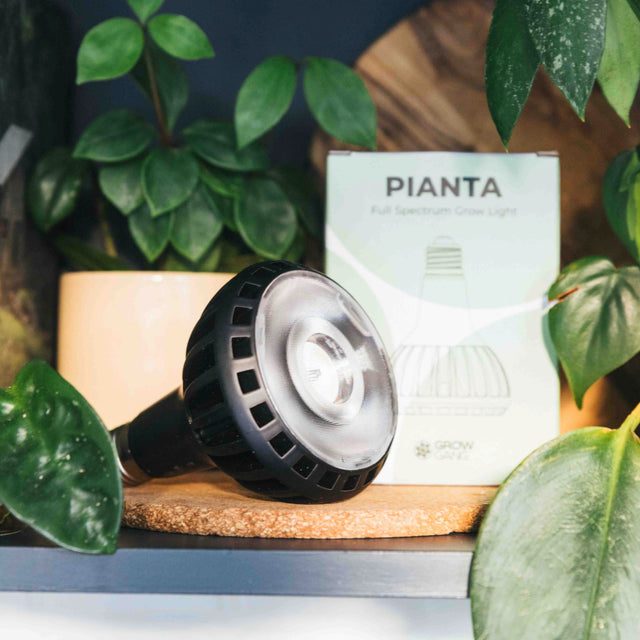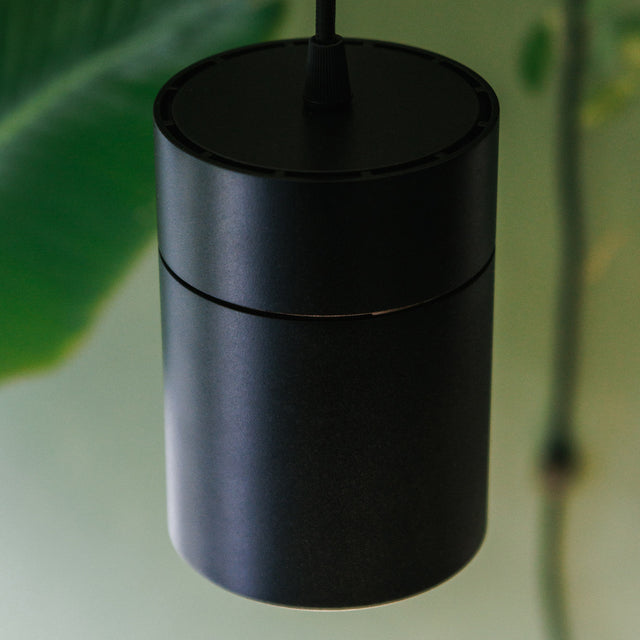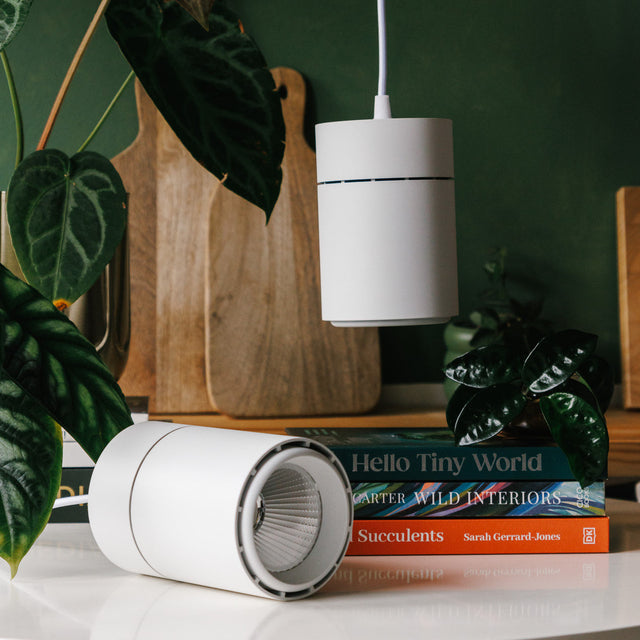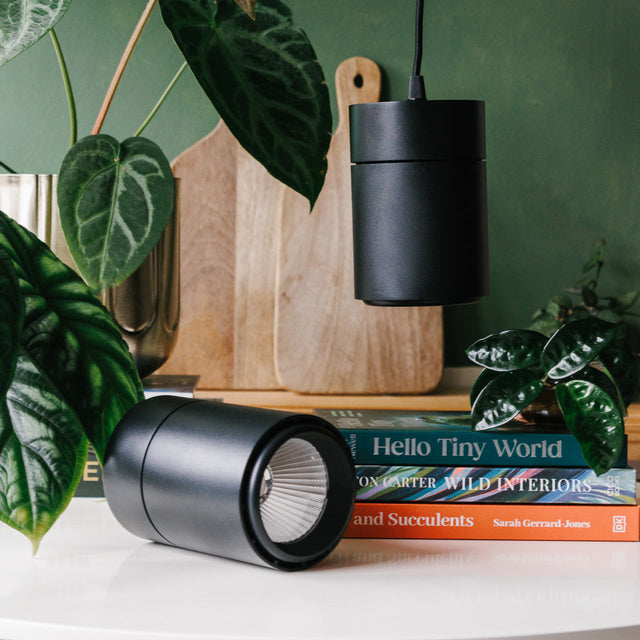
🔬Scientific name: Polyscias fruticosa (Family: Araliaceae)
🌍 Origin: The Aralia Ming (Polyscias fruticosa) is native to Southeast Asia and the Pacific Islands, including regions such as India, Vietnam, Thailand, and Polynesia. It thrives in warm, tropical climates and is commonly found in forests, gardens, and as an ornamental plant in its native regions. Due to its elegant, feathery foliage and adaptability, it has become a popular houseplant worldwide.
Lighting
Lighting requirement: Bright, indirect light
This plant thrives in bright, indirect light but can adapt to medium light conditions. It grows best near a north- or east-facing window, where it receives plenty of filtered sunlight. However, direct sun can scorch its delicate leaves, while too little light may lead to leggy growth and leaf drop.
Though it can tolerate lower light, it will grow more slowly and lose some of its dense foliage. If natural light is insufficient, supplement with a full-spectrum grow light grow light for 10–12 hours per day to maintain its lush appearance.
Watering:
Aralia Ming prefers consistently moist but well-draining soil, requiring a balanced watering routine to avoid both overwatering and dryness. Water when the top 1–2 inches of soil feel dry, using room-temperature water to prevent root shock. Be careful not to overwater, as excessive moisture can lead to root rot, so always ensure proper drainage and empty any excess water from saucers.
During winter, when growth slows, reduce watering frequency to prevent soggy soil. By maintaining a steady watering schedule, your Ming Aralia will stay lush and healthy.
Humidity
The Aralia Ming thrives in moderate to high humidity. Ideally, humidity levels should be around 50–60% to keep the plant healthy and vibrant. If the air in your home is too dry, especially in winter, consider these options to increase humidity:
- Mist the leaves regularly with water, especially if your home is dry.
- Use a humidity tray by placing the pot on a shallow tray filled with pebbles and water. As the water evaporates, it helps maintain moisture in the air around the plant.
- Place the plant in a bathroom or kitchen where humidity tends to be higher, or use a humidifier to keep the air moist.
Maintaining the right humidity will help your Ming Aralia stay lush and prevent its leaves from becoming dry or crispy.
Fertiliser:
This plant benefits from regular fertilisation, particularly during the growing season in spring and summer. Use a balanced liquid fertiliser diluted to half strength, applying it every 4–6 weeks to support healthy growth. In autumn and winter, when the plant’s growth slows, reduce or stop fertilising, as it requires fewer nutrients. To avoid leggy growth or fertiliser burn, always dilute the fertiliser and avoid over-applying.
Temperature:
The Aralia Ming thrives in warm temperatures between 18–24°C. It’s important to keep the plant in a spot with consistent warmth, away from cold drafts, air conditioners, or heating vents. Temperatures below 15°C can harm the plant, leading to slowed growth or leaf drop, while excessive heat above 27°C can cause dry leaves and leggy growth. For optimalhealth, maintaina stable, room temperature environment, avoiding sudden temperature fluctuations. With these conditions, your Ming Aralia will stay vibrant and healthy year-round.
Troubleshooting and Pests:
The good news is that Arali Ming is fairly resistant to pests. It is generally hardy but can face common issues and pests. Leaf drop is often caused by temperature fluctuations, low humidity, or overwatering, so keeping the plant in a stable, warm environment with well-draining soil is key. Yellowing leaves usually indicate overwatering, so allow the top 1–2 inches of soil to dry out before watering again. If the plant becomes leggy, it likely needs more light and should be moved to a brighter location.
Common pests include spider mites, which cause yellowing and webbing, mealybugs, which appear as white cotton-like clusters, aphids, which gather on new growth, and scale insects, which attach to stems and leaves. Treat infestations with neem oil, insecticidal soap, or rubbing alcohol and regularly inspect the plant to keep it healthy, pest-free, and thriving.
Height:
As a houseplant, Aralia Ming can grow between 1.2–2.4 metres tall, depending on its care and environment. With proper pruning, it can be maintainedas a compact, bushy plant, but if left to grow freely, it can develop into a small indoor tree. Outdoors, in its native tropical climate, it can reach up to 3 metres or more.
Is It Toxic To Pets?
Yes, the Aralia Ming is toxic to pets. If ingested, it can cause symptoms such as vomiting, diarrhoea, and drooling in cats and dogs. It’s best to keep this plant out of reach of pets to prevent accidental ingestion. If your pet shows signs of poisoning, consult a veterinarian immediately.
